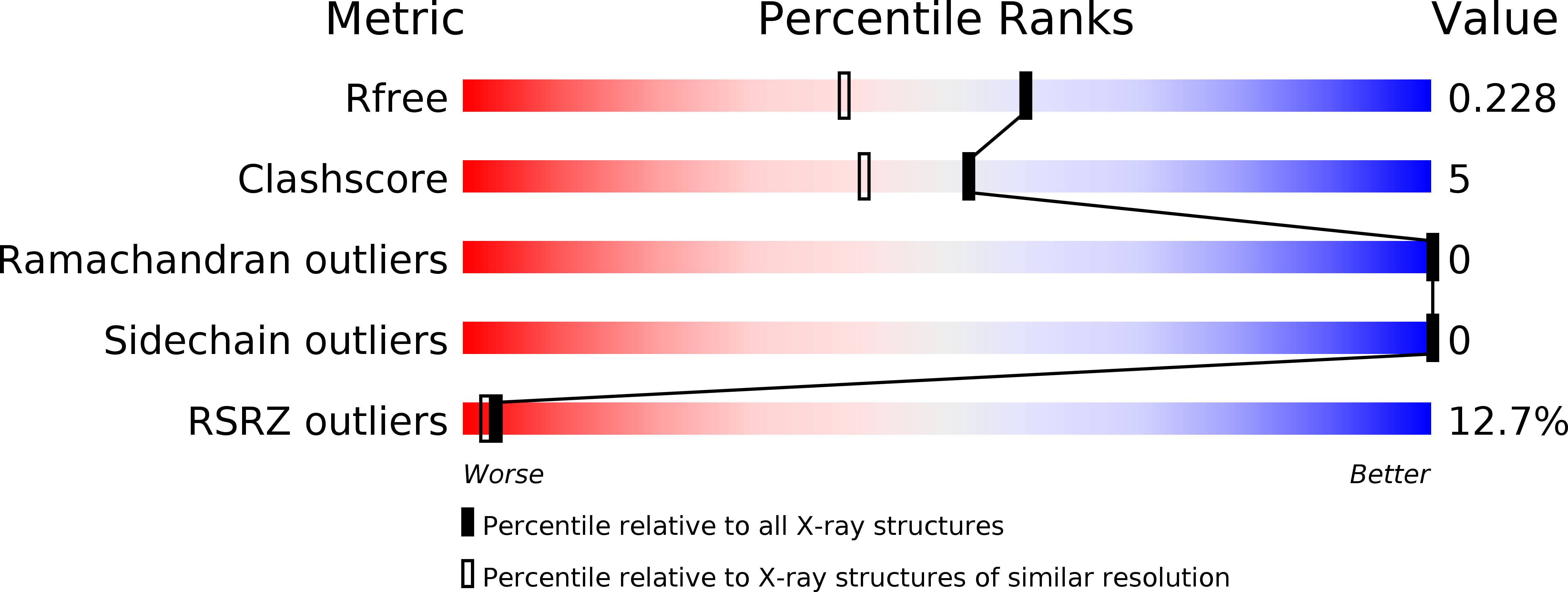
Deposition Date
2015-12-29
Release Date
2016-06-29
Last Version Date
2023-11-08
Entry Detail
PDB ID:
5H9S
Keywords:
Title:
Crystal Structure of Human Galectin-7 in Complex with TAZTDG
Biological Source:
Source Organism:
Homo sapiens (Taxon ID: 9606)
Host Organism:
Method Details:
Experimental Method:
Resolution:
1.82 Å
R-Value Free:
0.22
R-Value Work:
0.18
R-Value Observed:
0.18
Space Group:
P 21 21 21


